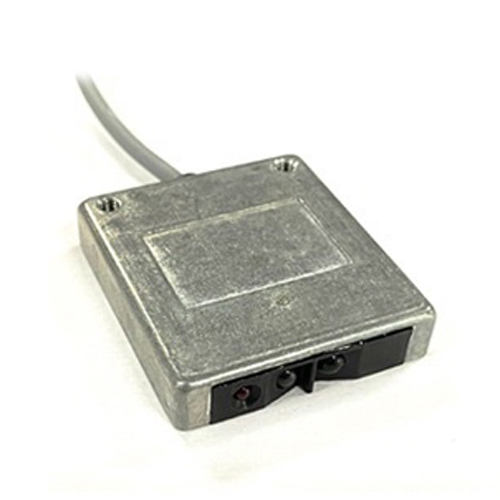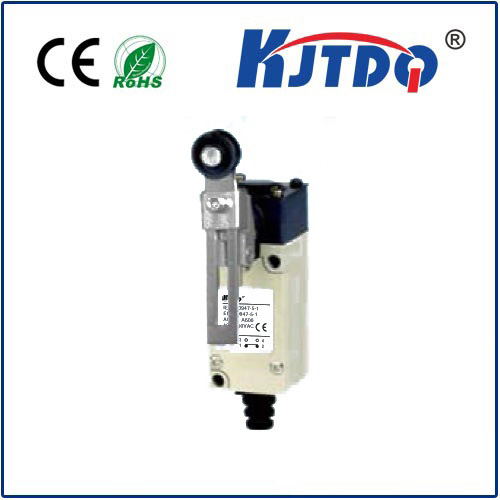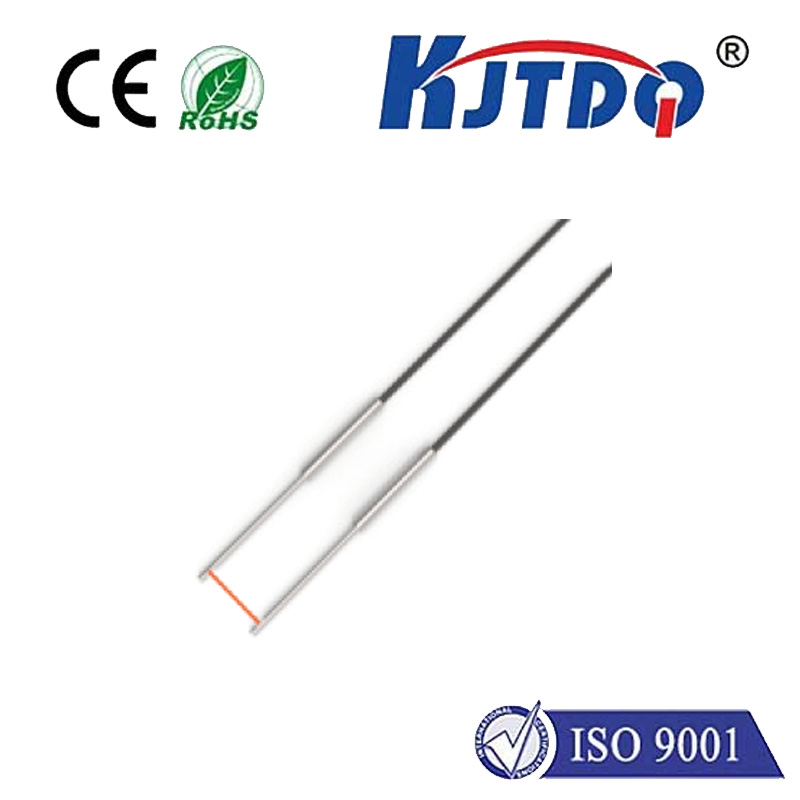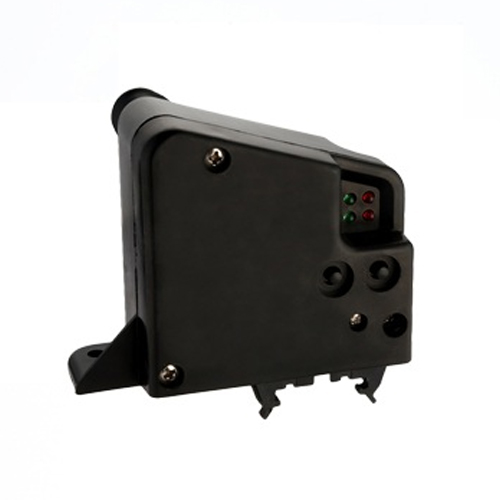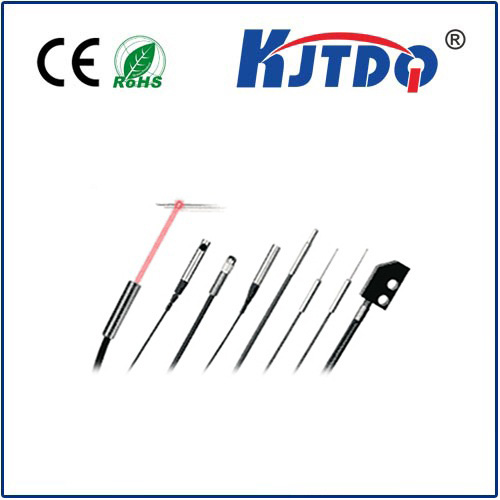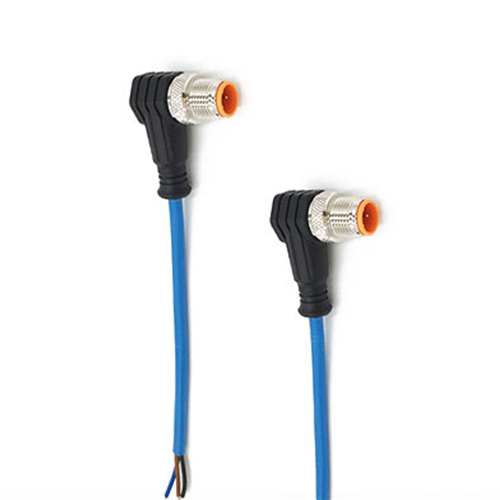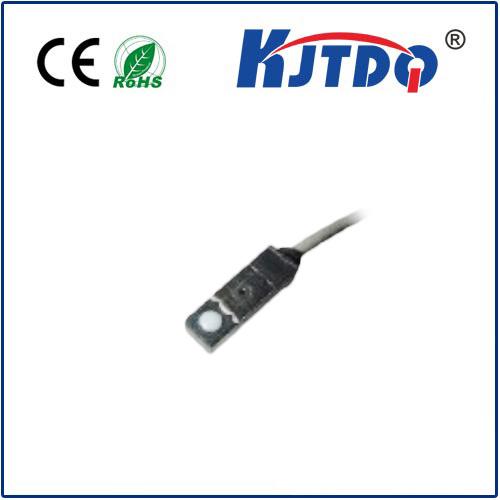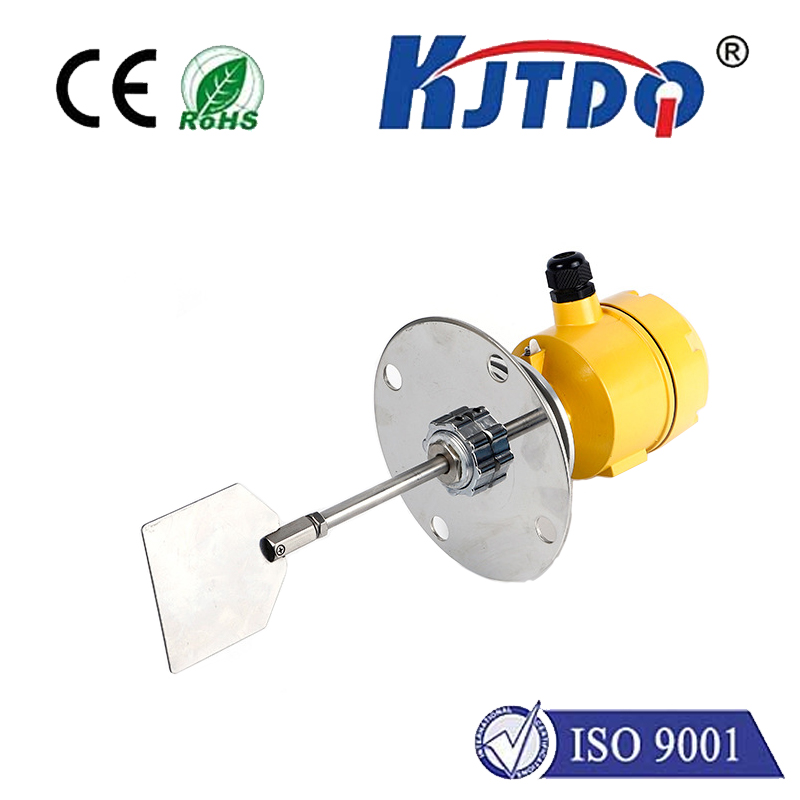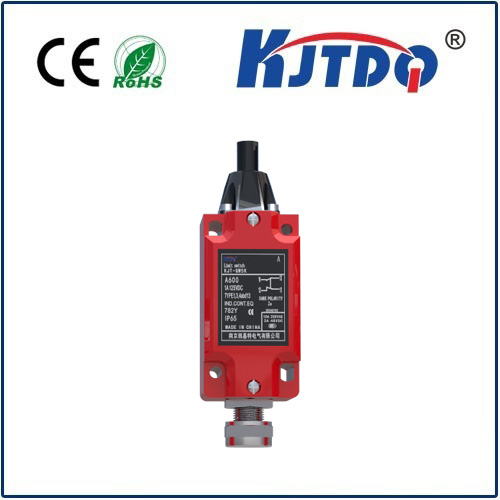

check

check

check

check

check

check

check

check

check

check
In the race to slash diesel emissions and meet stringent global regulations like Euro 6 and EPA Tier 4, Selective Catalytic Reduction (SCR) technology has become the undisputed champion. At the heart of this sophisticated system lies a seemingly minor yet utterly indispensable component: the reductant pressure sensor. This unsung hero plays a pivotal role in ensuring optimal SCR performance, directly impacting both environmental compliance and engine efficiency. Without its precise monitoring, the entire delicate balance of reducing harmful nitrogen oxides (NOx) collapses.
Understanding the SCR System and the Reductant
Diesel engines generate NOx as a byproduct of combustion. SCR systems combat this by injecting a liquid reductant, most commonly a urea-water solution known as Diesel Exhaust Fluid (DEF) or AdBlue®, into the hot exhaust stream. Upon vaporization and thermal decomposition, this reductant releases ammonia (NH3), which then reacts catalytically with NOx within the SCR catalyst, converting it into harmless nitrogen gas (N₂) and water vapor (H₂O). This reaction demands a precise ratio of ammonia to NOx. Too little ammonia means incomplete NOx reduction and failed emissions tests. Too much ammonia leads to wasteful reductant consumption, potential catalyst damage, and the release of unreacted ammonia (“ammonia slip”), which itself is an environmental pollutant.
What is a Reductant Pressure Sensor?
Simply put, the reductant pressure sensor is a transducer tasked with continuously monitoring the hydraulic pressure of the liquid reductant (DEF/AdBlue®) within the dosing system’s delivery lines. It’s strategically positioned, typically after the DEF pump and filter but before the dosing injector itself. This location provides a direct reading of the pressure available to the injector for precise spray atomization. Think of it as the system’s vigilant watchdog, constantly reporting the vital sign of DEF pressure back to the engine’s central brain – the Engine Control Unit (ECU).
How It Works: Principles and Critical Function

The sensor operates based on fundamental pressure transduction principles. Internally, a sensitive diaphragm deflects in response to the pressure exerted by the flowing DEF liquid. This deflection is converted into an electrical signal – most commonly a variable voltage (e.g., 0.5V to 4.5V) – proportional to the detected pressure. This real-time voltage signal is transmitted directly to the ECU.
This constant data stream is absolutely crucial for several reasons:
Why Reliability Matters: Consequences of Failure
The failure or inaccurate reading from a reductant pressure sensor cascades into significant problems:
Maintenance and Replacement Considerations
As a critical component within the demanding environment of the exhaust after-treatment system, reductant pressure sensors are designed for durability. However, they are not immune to failure. Factors like DEF crystallization (especially from poor quality DEF or contamination), electrical connector corrosion, vibration, and internal component wear can lead to sensor malfunction. When DTCs pinpoint the pressure sensor circuit or implausible readings, diagnostic steps should include:
Replacement requires careful installation - ensuring OEM or high-quality equivalent parts are used, connectors are clean and securely seated, and the system is properly bled of air after service. Cutting corners on sensor quality or installation can lead to rapid repeat failures and ongoing system issues.
The Future: Integrated Sensing and Enhanced Precision
While the fundamental role remains unchanged, sensor technology continues to evolve. We see trends towards multi-parameter sensors that combine pressure sensing with temperature and potentially even quality monitoring capabilities within a single unit. This integration enhances diagnostic accuracy and simplifies system architecture. Furthermore, advancements in micro-electromechanical systems (MEMS) technology promise sensors with even greater accuracy, faster response times, and improved resilience to the harsh under-hood environment, further solidifying their role in achieving near-zero emissions targets.
Conclusion
Far from being a minor part, the reductant pressure sensor is a critical sentinel within modern diesel emission control systems. Its constant, accurate monitoring of DEF pressure is non-negotiable for the precise metering required by SCR technology to effectively neutralize NOx. Understanding its function, recognizing the symptoms of its failure, and ensuring proper maintenance are essential for keeping diesel engines clean, efficient, compliant, and operating reliably for the long haul. As emissions regulations tighten further, the precision and reliability demanded of this small but mighty sensor will only increase.
